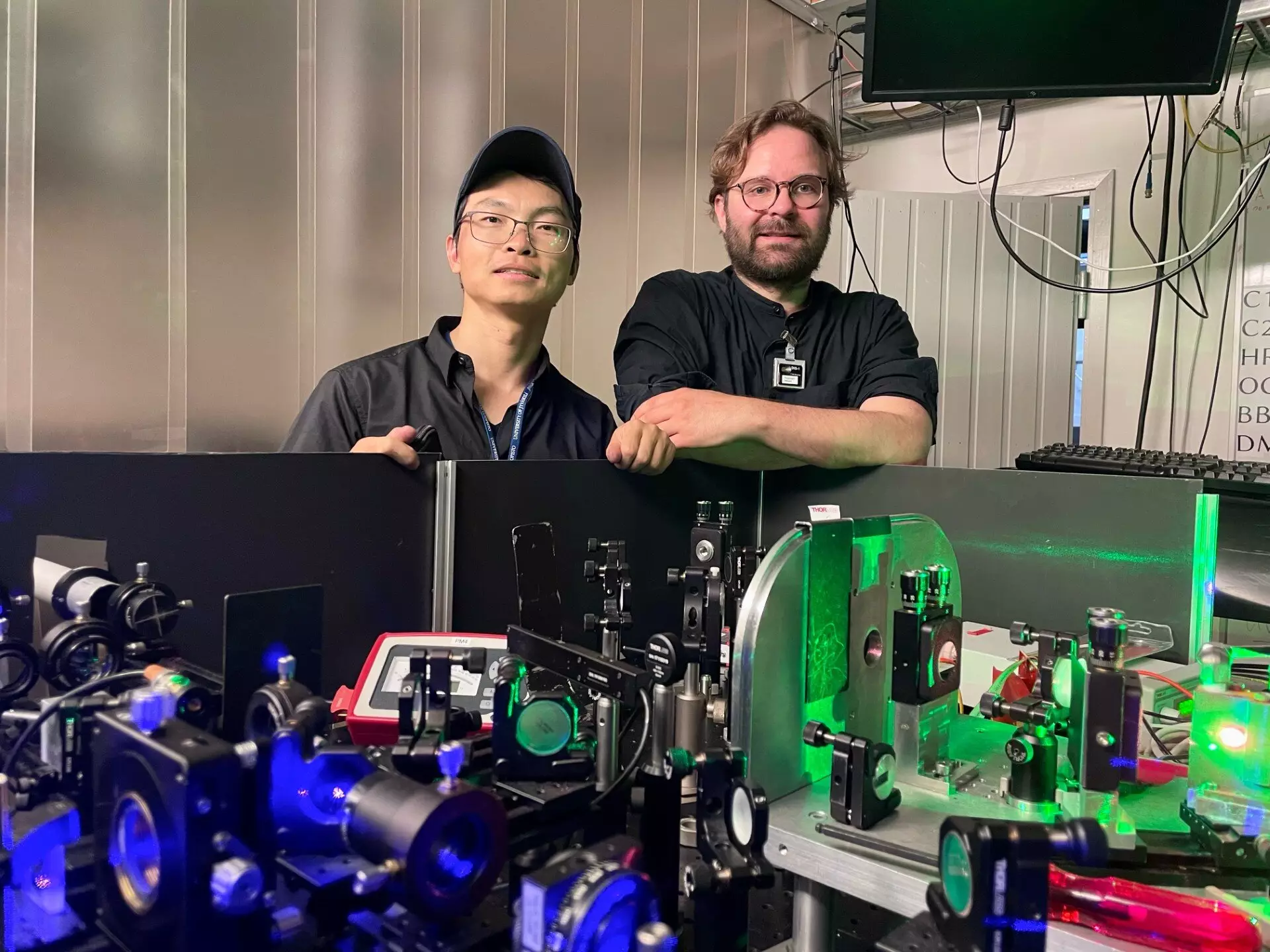The complexities of atomic nuclei continue to intrigue physicists, particularly through the lens of neutron shell closures. One of the most significant closures in nuclear physics is associated with the magic neutron number 50, which has been the focal point of recent research at the University of Jyväskylä in Finland. Studies have elucidated new properties within the silver isotope chain, emphasizing the importance of these findings for enhancing our knowledge of nuclear forces and behaviors.
At the core of this research lies the investigation of binding energies, which play a crucial role in assessing the stability of shell closures. In the vicinity of tin-100, characterized as a doubly magic nucleus, understanding the binding energies of exotic nuclei is essential. This knowledge impacts the assessments of how nuclear properties evolve and how single-particle energies fluctuate. Moreover, binding energies are not just theoretical constructs; they have significant astrophysical implications, helping scientists comprehend intricate processes like rapid proton capture in supernova events and nucleosynthesis in stars.
Mikael Reponen, a Staff Scientist at the University, highlighted how these binding energies contribute to defining the stability of the neutron shell closure at N=50. The delicate equilibrium between protons and neutrons offers insight into the fundamental interactions within the nucleus. This delicate balance sheds light on various nuclear phenomena and helps refine theoretical models that underpin current nuclear physics.
The recent investigations by the research team utilized cutting-edge technology that fundamentally altered the way exotic nuclei are studied. By employing a hot-cavity catcher laser ion source in conjunction with a Penning trap mass spectrometer, the researchers were able to precisely explore the magic N=50 neutron shell closure in silver isotopes. The implementation of innovative phase-imaging ion-cyclotron resonance (PI-ICR) techniques facilitated unprecedented levels of precision, allowing for the detailed analysis of isotopes like silver-95 to silver-97 and their isomeric states.
Zhuang Ge, an Academy Research Fellow involved in the study, noted that sophisticated measurement techniques enabled them to attain precision levels of approximately 1 keV/c². Such accuracy is remarkable given the low yield of samples, which could be as infrequent as one event every ten minutes. This novel approach showcases the potential for advancements in the science of nuclear physics, opening doors for further exploration in this intricate field.
Contributions to Theoretical Physics
The importance of precise mass measurements cannot be overstated; they serve as critical benchmarks for various nuclear theoretical models including ab initio calculations, density functional theories, and shell model calculations targeted at explaining phenomena around the N = Z line. The clarity brought about by these measurements not only reaffirms existing theories but also poses challenges, as discrepancies in predictions can reveal areas where models require refinement.
One significant finding from the research was the precise measurement of the excitation energy of the silver-96 isomer, enabling a clearer distinction between its ground state and isomeric state in astrophysical models. This separation is vital for accurately simulating nuclear processes, particularly when considering nuclei that are close to the proton drip line and their roles in stellar configurations and behaviors.
As the researchers reflect upon their findings, the implications extend well beyond the immediate understanding of silver isotopes. The scientific community anticipates that ongoing studies based on these achievements will continue to illuminate the ground-state properties within the vicinity of tin-100 and influence broader theoretical frameworks.
Reponen’s optimism points towards potential advancements in nuclear physics methodologies and paradigms that could transform the landscape of the field. As precision measurement techniques evolve and improve, we can expect a more nuanced and thorough comprehension of atomic nuclei, laying the groundwork for future breakthroughs in both fundamental physics and practical applications.
The exploration of the magic neutron number 50 within the silver isotopic chain has provided a new vista into the heart of nuclear physics. Through innovative methods and precise measurements, researchers at the University of Jyväskylä have set a new standard for investigations into exotic nuclei and their roles in larger astrophysical phenomena. As they continue their efforts, the resonance of these studies is expected to have lasting implications for theoretical models, enhancing our understanding of nuclear forces and the fundamental makeup of matter in the universe.


Leave a Reply